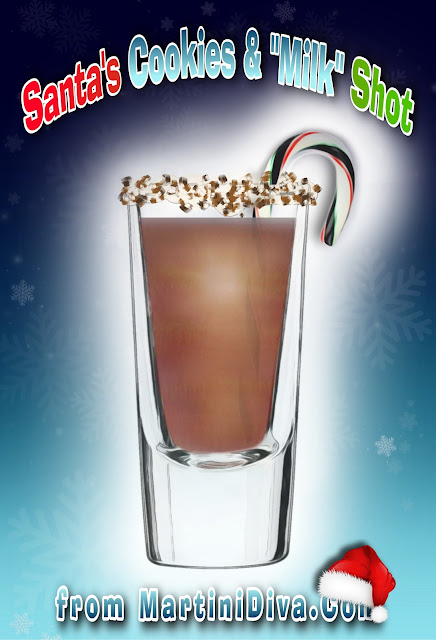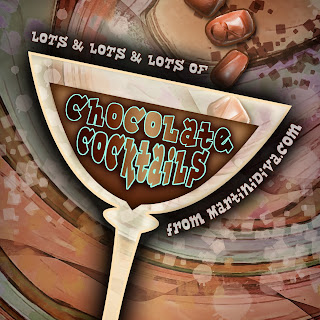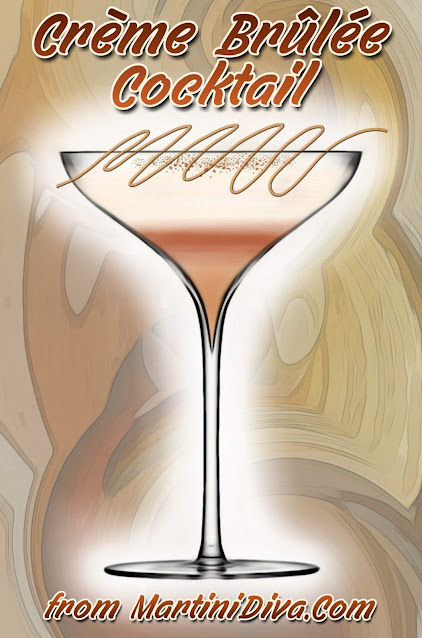On Christmas Eve instead of putting out a plate of cookies and milk why don't you give Santa some real Christmas cheer? I'll bet it will improve the quantity and quality of the presents under your tree and in your stockings come Christmas morning.
Nothing says "gimme better swag" than a nice shot of booze waiting at the bottom of that chimney . . .
SANTA'S
COOKIES & "MILK"
SHOT
(The Jolly Old Elf is gonna LOVE you this year!)
INGREDIENTS
1/2 Oz. Coffee Liqueur
1/2 Oz. Irish Cream
1 Oz. Whiskey
GARNISH: Crushed Christmas Cookies Rim
DIRECTIONS:
Dip the rim of your glass in some of the Irish Cream and then into assorted crushed Christmas cookies - I use a combination of Oreos, sugar cookies and gingerbread men.
Fill a cocktail shaker with ice then add the coffee liqueur, vodka and cream and shake until chilled.
Pour into your glass then slide add a mini chocolate candy cane for good measure. Set on a tray with some of the same cookies gor Santa's arrival.
VOICEOVER VIDEO WITH INGREDIENTS AND DIRECTIONS:
P.S. Merry Christmas and I get 10% of your present haul if this works.
Updated 12-2021
PLEASE DRINK RESPONSIBLY


























